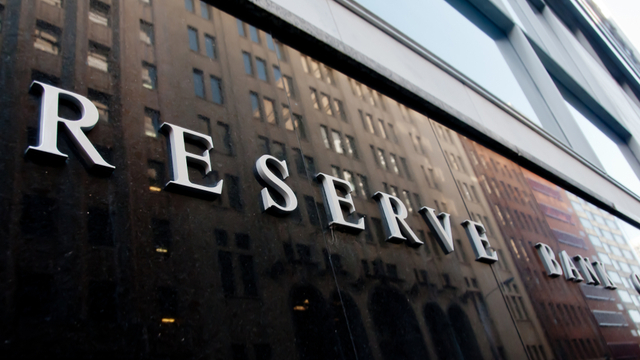RBA holds off from rate cut ahead of federal election

Just weeks out from a federal election, the Reserve Bank has decided to keep the official cash rate on hold despite a number of economists having predicted the first cut in nearly three years.

The Reserve Bank board chose to leave the cash rate on hold at the historical low of 1.5% today, while a growing number of economists had forecast the bank to cut this month due to weak consumer prices, otherwise known as inflation.
The last time the RBA lowered the cash rate, it was August 2016, following an unexpected Federal Budget day cut in May that year. The main reason for the two cuts then was weak inflation figures.
RBA Governor Philip Lowe indicated in his monetary policy statement accompanying today’s decision that the bank would keep an eye on Australia’s jobs market for any signs on whether there needs to be a rate cut.
“(The board) recognised that there was still spare capacity in the economy and that a further improvement in the labour market was likely to be needed for inflation to be consistent with the (inflation) target,” Governor Lowe said.
The board has changed its inflation targets to 1.75% this year and 2% in 2020, while it was previously expected to be 2% this year and 2.25% in 2020.
A number of prominent economists had expected the central bank to cut the cash rate by 0.25 percentage points to 1.25% today.
ANZ Chief Economist Richard Yetsenga said the upcoming federal election was no reason to hold off from changing the cash rate at a time when it was necessary to stay in line with the bank’s inflation target after the latest reading showed inflation had fallen below the target.
“In fact, not cutting because of the election – when the RBA’s policy objective says it should – means the bank is not operating in line with its mandated independence,” Mr Yetsenga said.
AMP Capital’s Chief Economist Shane Oliver said in the lead up to today’s decision that it was a “very close call” as to whether the bank would cut or wait until after the election, penciled in for 18 May.
CoreLogic Head of Research Tim Lawless said if the cash rate moves lower later this year, as is widely anticipated, a reduction in mortgage rates from Australia’s banks would help boost housing demand.
“However, we may not see quite as much stimulus for housing market conditions that we have seen after previous rate cuts,” Mr Lawless said.
Already Canstar’s home loan database shows there has been a number of lenders cutting home loan interest rates despite the cash rate remaining on hold.
Last month the number of rate cuts far outweighed the number of hikes across owner-occupier and investment loans, particularly on fixed rate loans where there were 114 cuts compared to only 5 cuts for variable loans.
Commonwealth Bank, Westpac and National Australia Bank have all reduced fixed rate home loans for their customers this year, causing a number of smaller lenders to follow in recent weeks.
LJ Hooker’s Head of Research Mathew Tiller said any rate cut would only benefit property markets if the banks pass on those savings in full to their customers.
He said it would give relief to existing borrowers, while also enticing investors back into the market.
Mr Yetsenga said depending on the degree to which a rate cut would be passed through to saving rates, it was even more significant for savers and retirees than borrowers given savings rates were already low.
Decreases to term deposit rates dominated movements over April, according to Canstar data, with one-year term deposits currently as low as 1.3%.
The official cash rate is the rate of interest the RBA charges on overnight loans to our banks.

The comparison rate for all home loans and loans secured against real property are based on secured credit of $150,000 and a term of 25 years.
^WARNING: This comparison rate is true only for the examples given and may not include all fees and charges. Different terms, fees or other loan amounts might result in a different comparison rate.
 Owner occupied
Owner occupied
 20% min deposit
20% min deposit
 Redraw facility
Redraw facility
Try our Home Loans comparison tool to instantly compare Canstar expert rated options.
The comparison rate for all home loans and loans secured against real property are based on secured credit of $150,000 and a term of 25 years.
^WARNING: This comparison rate is true only for the examples given and may not include all fees and charges. Different terms, fees or other loan amounts might result in a different comparison rate.






